
40+ Word Checklist Templates
Due to limited memory and attention, we humans often forget to do tasks which we were supposed to perform. Our…
Sep 16, 2023
A project audit checklist is made for making the process of project auditing more smooth and easier for the auditors who are responsible for the execution of the audit. The project audit checklist helps on completing various projects on time, on a minimal budget, and as per the requirements of the user. The ultimate goal of a project audit checklist is to maximize the success of a particular project without missing out on any important elements.
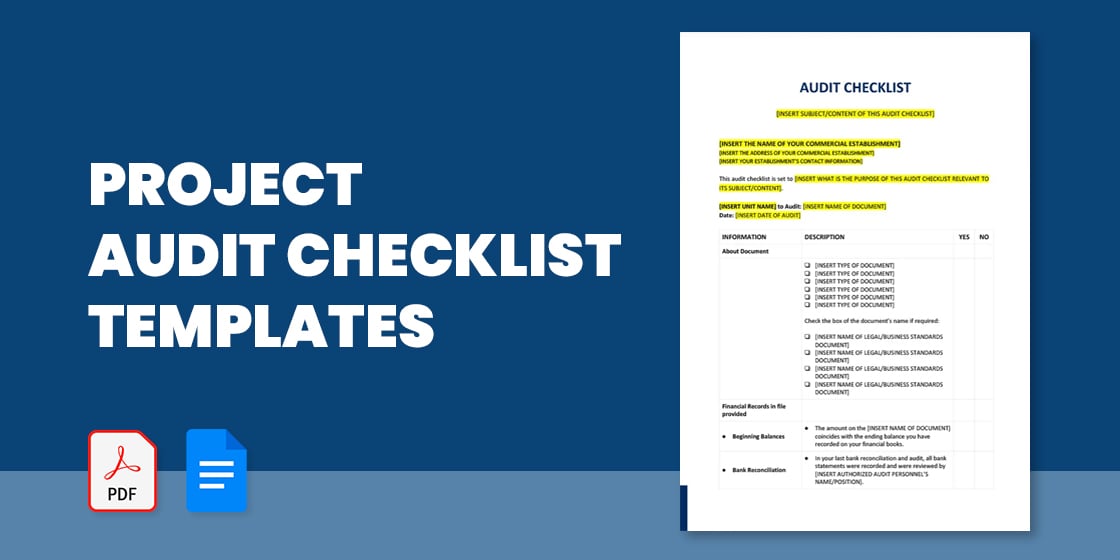
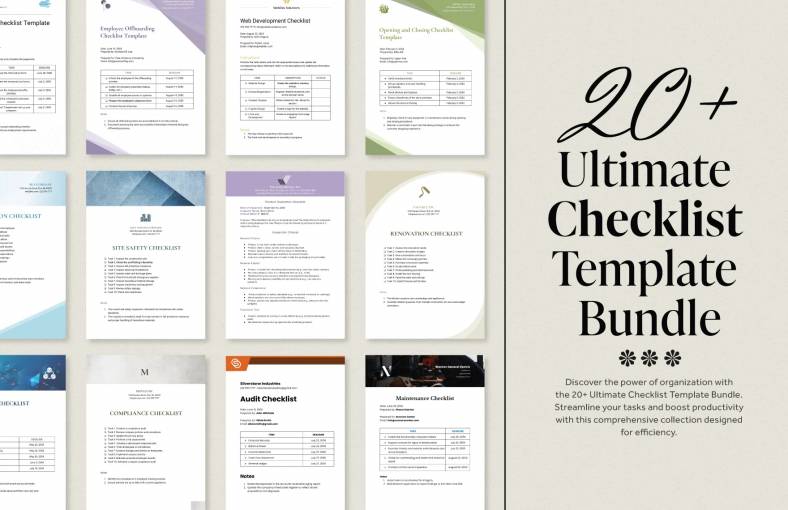
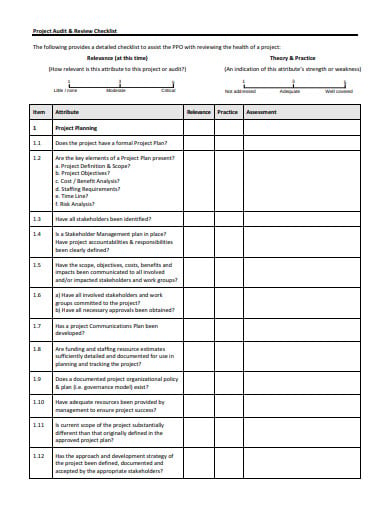 upload.wikimedia.org
upload.wikimedia.org agile.vtt.fi
agile.vtt.fi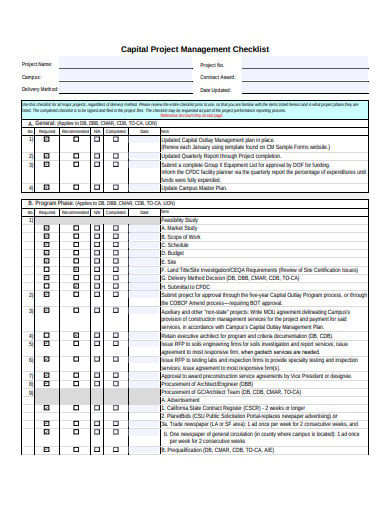 calstate.edu
calstate.edu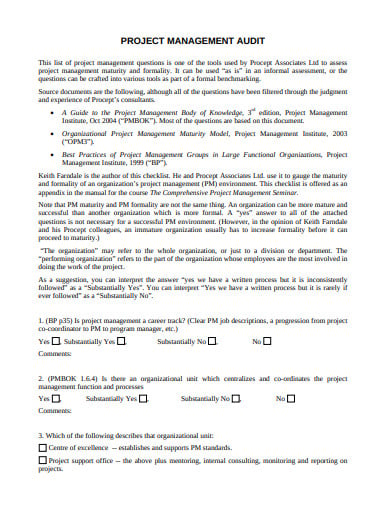 procept.com
procept.com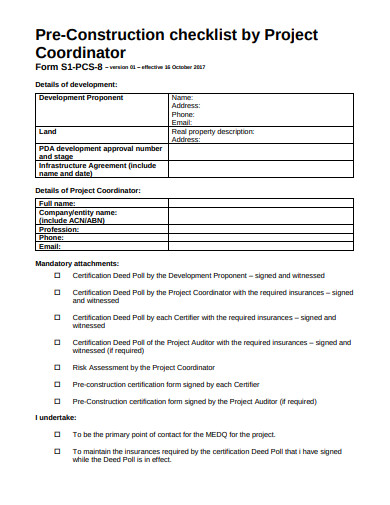 dsdmip.qld.gov.au
dsdmip.qld.gov.au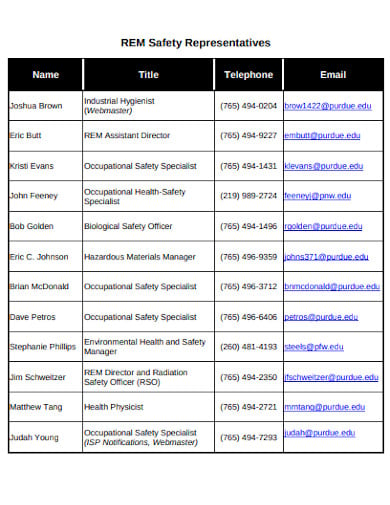 purdue.edu
purdue.edu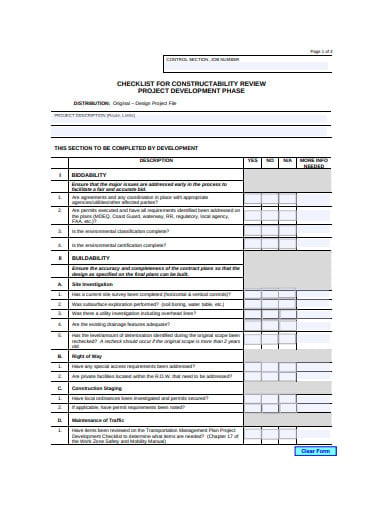 state.mi.us
state.mi.us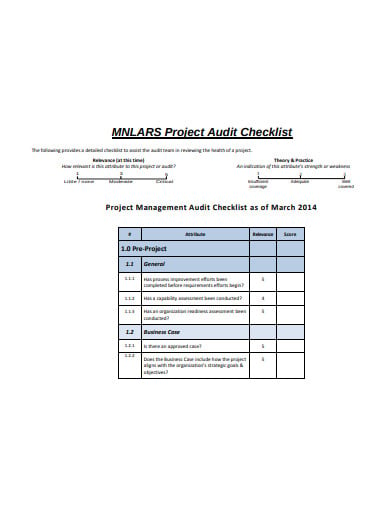 mn.gov
mn.gov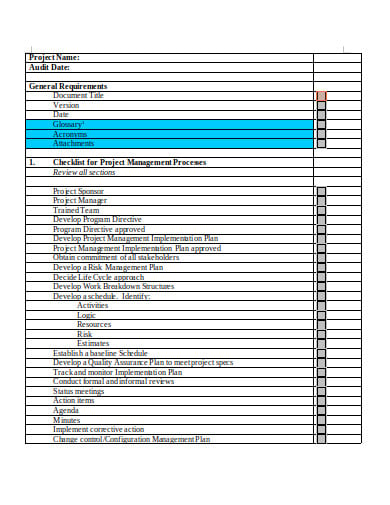
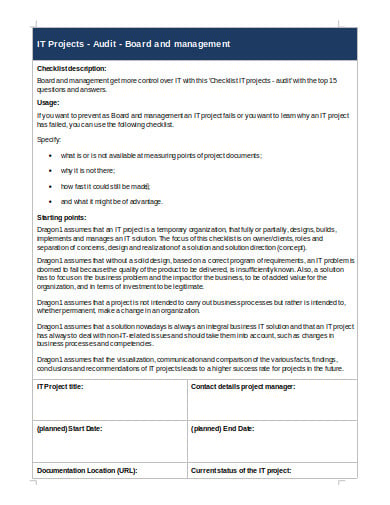 dragon.com
dragon.com kautilyasociety.com
kautilyasociety.comThe first thing to include in a project audit checklist is to run interviews with the project sponsors and project managers to regulate and agree on the project’s success criteria. The checklist must include questions regarding the success criteria and it must be sent to the members of the core team and the other selected stakeholders. These stakeholders are directly involved in the project. It also focuses on their viewpoints regarding the project’s successes, missed opportunities, failures, and challenges.
The auditor usually needs to develop an audit questionnaire that includes open-ended questions and send this questionnaire to the team. You must then check whether you have organized a meeting with the team to discuss their thoughts and ideas regarding the project’s current state. Check that you have a healthy discussion and try to address major project issues, concerns along with the challenges during the meeting. Make sure that you identify and agree on the best practices of teamwork and collaboration. You can then close the meeting and confirm the second step of the project audit checklist layout is finished.
Now you must carry out the individual research interviews with the key stakeholders that include project sponsor, project manager, team to recognize and discuss the past, present and even future problems. These problems may include challenges and opportunities of the project altogether. Start developing a report that summarizes the discussions and also helps in specifying the general problems of the project. This step also involves performing the root-cause analysis to recognize and gain insight into the core reasons for the problems. Make sure that you define and record the lessons learned that can improve the quality and performance of the other future projects.
The next step involves collecting all the records made during all the interviews and meetings that are conducted at the previous steps that are listed in a project audit checklist. Gather the information that is obtained from the questionnaires and combine the data from project documentation. Make sure to identify the solution that has been defined by the quality plan and that has been successfully applied to address the problems. Also, identify the opportunities that have been successfully realized and also determine other solutions that have been implemented. This report must be submitted to senior management.
A project management audit can be said to be a bit different than the general definition of an audit. Firstly, it is a noun that means an independent and structured assessment in this context. The audit process is normally designed to determine the status of work that is performed on a project to ensure that it complies with the statement of work. This may include the statement of work, like the scope, time and budget of the project, along with the maturity of the project management process.
You need to follow some of the project audit best practices to secure that the right parameters are monitored and audited. These set of best practice act as a guideline for planning the audit.
The main purpose of the project audit checklist format is to help the auditor to lay down the main items that will be required while carrying out a project audit. A project audit is conducted to identify the lessons learned that can help in improving the performance of a project or improve the performance of future projects.

Due to limited memory and attention, we humans often forget to do tasks which we were supposed to perform. Our…

A facility maintenance checklist is a priceless defense means to keep a building reliable and safe by periodical planning, checkups,…

A Recruitment Checklist is the to-do-list where you list down all the important details that you need to do or…

Logistics Performance Index indicates that America is one of the leading logistics industries in the globe. Its networks coordinate with…
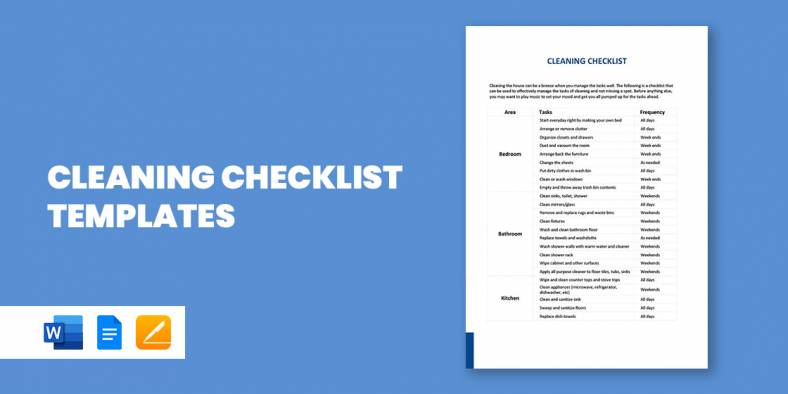
The best way you can make sure that all cleaning go as planned is to have a cleaning checklist samples.…

A Resume Screening Checklist is a checklist that is prepared by the recruiter to list all the important points based…

HR Compliance Checklist is the tool that is used by HR professionals to make the preparations for the HR tools.…

A retirement party is the opportunity to celebrate the retiree’s past achievements as well as their future efforts. The party…

The mortgage business has gone through a lot of chapters in the industry, combating business challenges every year. According to…